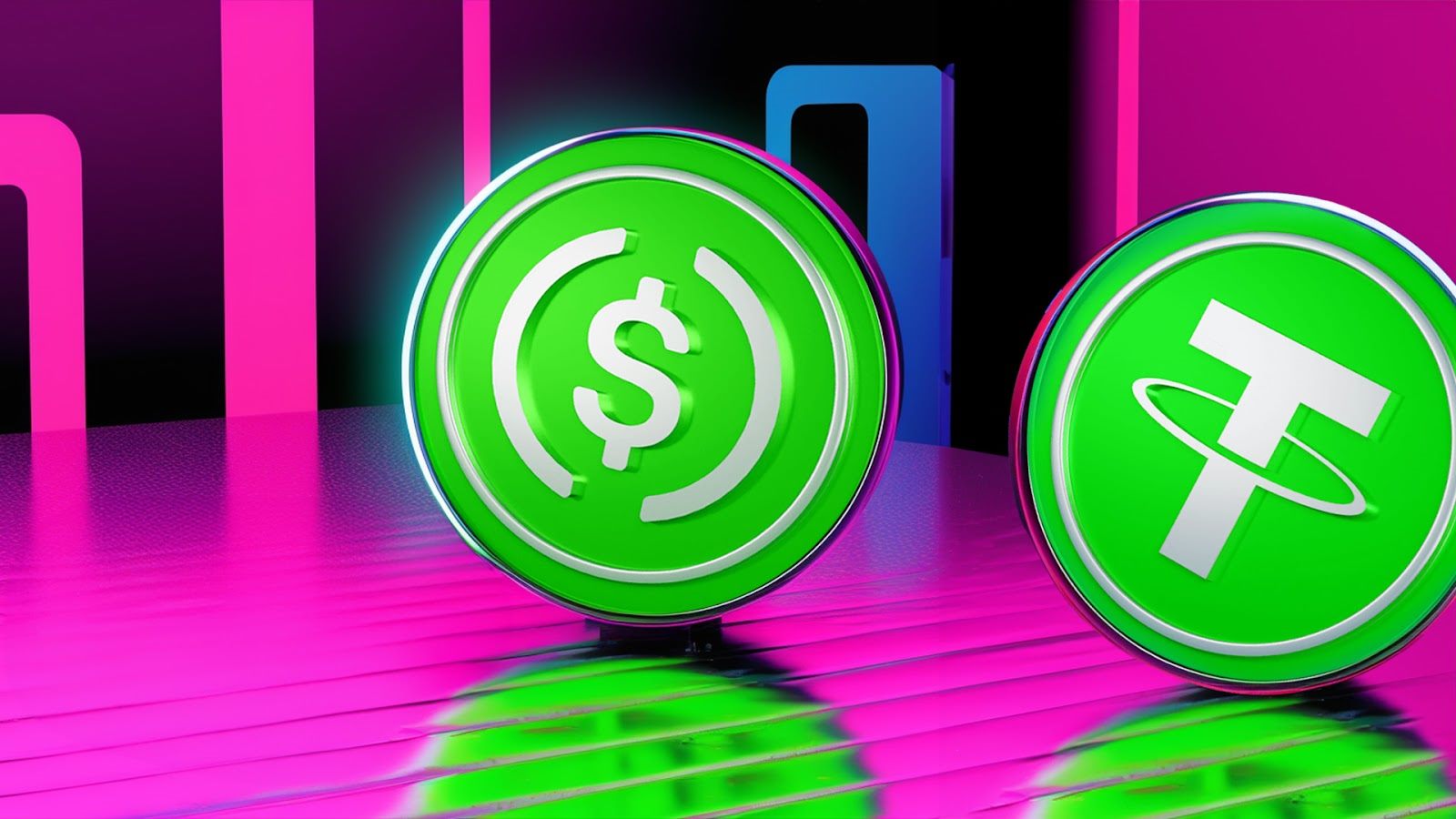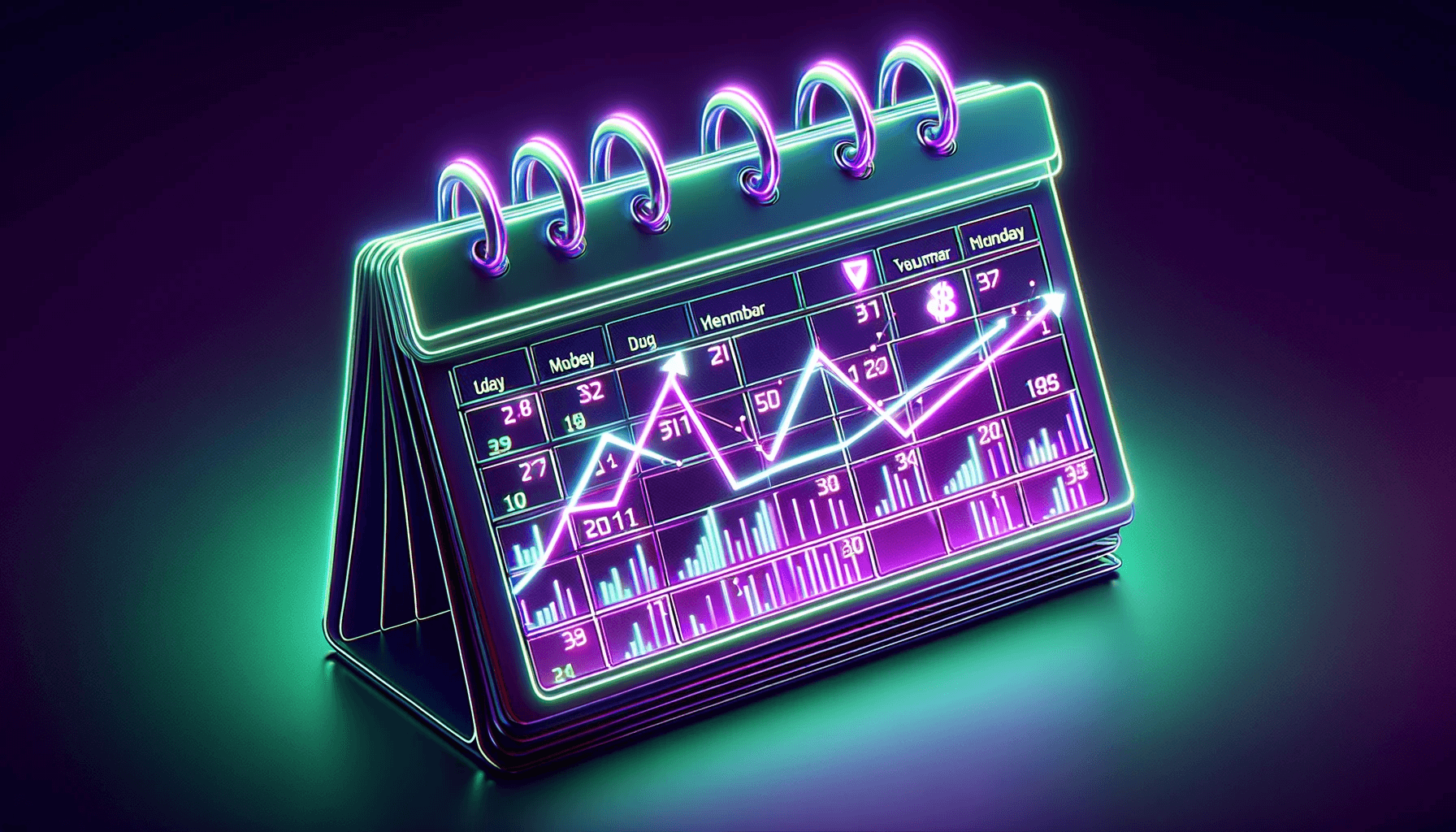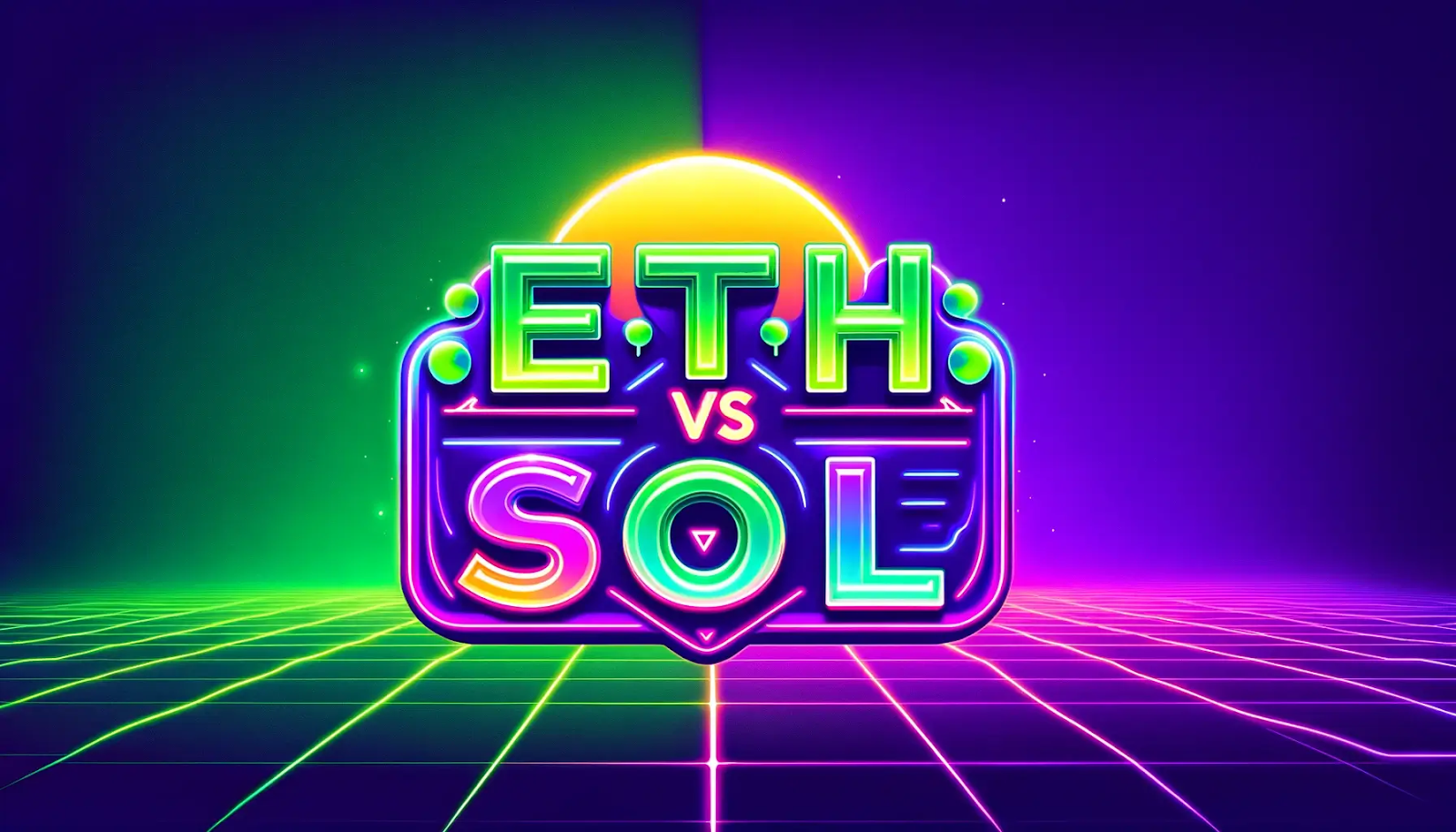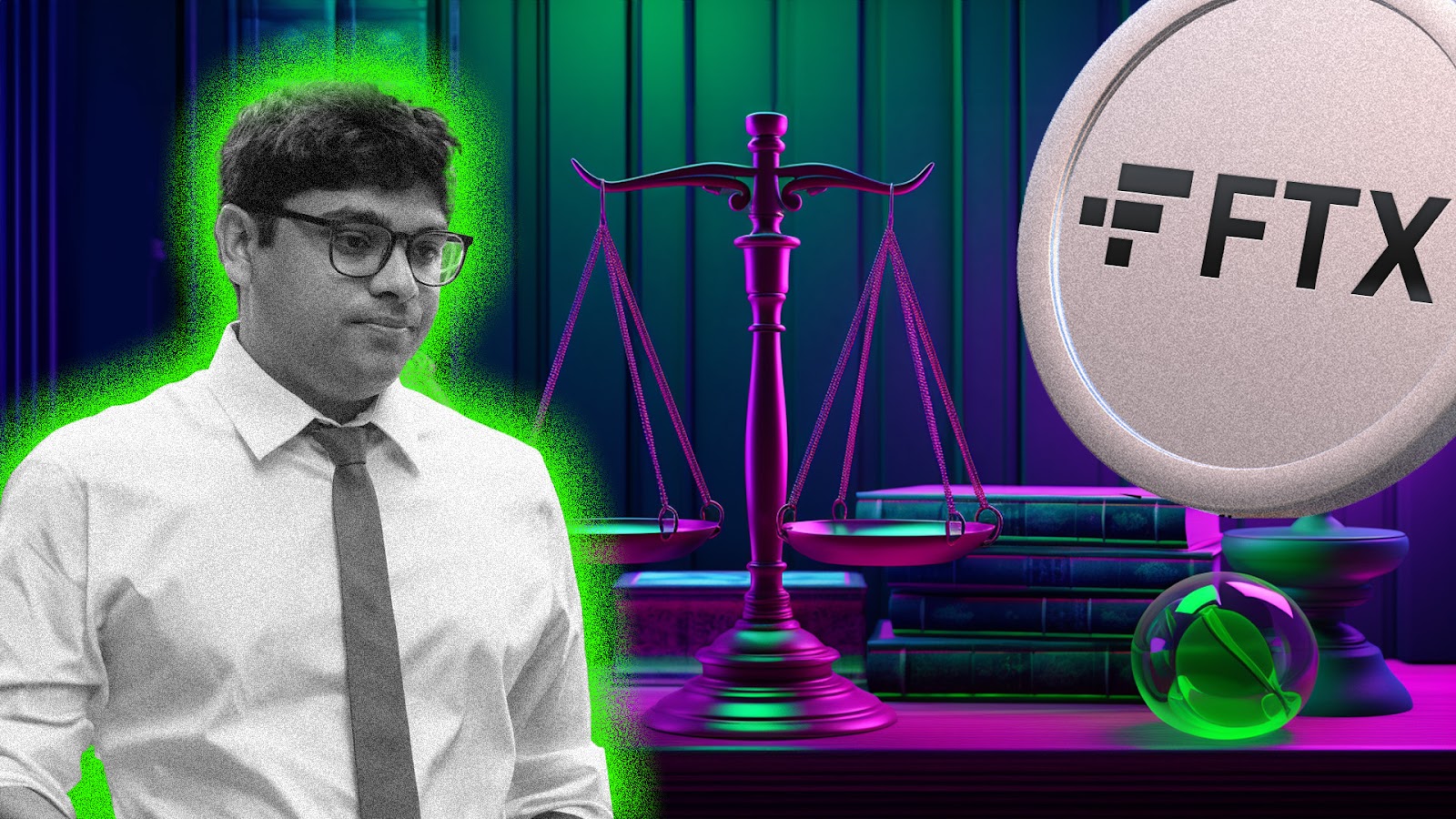
When it comes to debates regarding dollar-backed stablecoins, two projects standout above the rest: USDC vs USDT.
Whilst generalisers may dub the two coins as ‘more or less the same,’ in reality they host several fundamental differences that should be considered before deciding which to opt for.
So without further ado, let’s explore the key differences of USDC vs USDT.
What is USD Tether (USDT)?
USDT is a stablecoin that was initially introduced by Hong Kong-based Tether Limited back in 2014. With the aim of bridging the divide between cryptocurrencies and traditional fiat currencies. USDT brought forth a platform-agnostic, blockchain-based representation of the US Dollar.
This innovative approach allowed Tether to create a permissionless means of swiftly sending crypto-dollars - characterised by speed, transparency, and low transaction costs.
Following its launch, numerous cryptocurrency trading pairs adopted USDT, granting the coin an early-mover advantage in the stablecoin market. Presently, there are over 83 billion USDT tokens in circulation across major blockchains, including Bitcoin, Ethereum, EOS, Algorand, Tron, and others.
As of today, USDT stands as one of the most widely used trading pairs in the cryptocurrency market, meaning it facilitates the acquisition and exchanges of hundreds of other digital currencies. In doing so, it offers an economical and rapid means of transacting, along with the potential to earn interest through DeFi protocols like yield farming, staking, and liquidity pools.
On the practical side of things, USDT provides merchants with a way to accept cryptocurrency payments that are denominated in fiat formats - where given their ‘stable’ nature, this comes without exposure to market risks associated with more volatile cryptocurrencies. Additionally, the coin is audited on a quarterly basis.
And finally, when it comes to USDT’s popularity, the coin consistently charts as a top 5 project in terms of market cap (a figure that has been rising since 2020).
What is Circle USDC (USDC)?
USDC was launched in 2018 by Circle and Coinbase. Like USDT, it’s a stablecoin backed by the US dollar, therefore meaning that its value is consistently pegged at $1.
Initially, the USDC token was overseen by the Centre Consortium, a collective of crypto-centric companies including Circle and Coinbase. However, more recently, Centre declared its discontinuation, which then led to Coinbase acquiring ownership interest in Circle, and Circle assuming complete authority over USDC. In turn, this also saw the company announce a transition away from using ‘USD Coin’ in favour of the simpler ‘USDC’.
Circle now supervises the technical and financial criteria for USDC, ensuring transparent and genuine 1-to-1 backing is always present. This means that for every USDC generated, there exists $1 in reserve (primarily in the form of US Dollars or other cash equivalents). In bettering USDT on this one, the coin is also audited on a monthly basis.
At present, there is a circulating supply of over 25 billion USDC tokens, matched by an equivalent dollar amount in reserves. To foster growth within the USDC ecosystem, approved regulated financial institutions adhering to Circle's membership framework have been able to issue the token.
USDC is widely accessible on major exchanges and cryptocurrency service providers. Similar to USDT, it can be sent and received through any wallet or exchange compatible with the ERC-20 (Ethereum) standard, as well as various other blockchains such as Algorand, Stellar, Binance Smart Chain, Hedera, Tron, Solana, and more.
And when it comes to its market cap, USDC regularly charts in the top 10 coins on the market (albeit behind USDT more often than not).
USDT vs USDC - Trading Pairs
Both USDT and USDC are favoured options for trading pairs across DeFi platforms, however with the former having a four-year head start, it’s historically been the more extensively-used out of the two. In turn, this means that it’s boasted a higher and more consistent trading volume compared to USDC - however that being said, USDC has made significant strides when it comes to its adoption, as it’s now supported across many of the same blockchains as Tether.
USDT vs USDC - Safety & Transparency
In the past, USDT has faced scrutiny due to Tether's reluctance to consistently disclose information regarding its backing. Conversely, USDC's parent company, Circle, has consistently adhered to regulatory standards, therefore positioning it favourably in terms of compliance.
Before Tether eventually revealed a breakdown of its reserves in March 2021, the company initially resisted making this information public - which even led to it seeking a court order from the New York Supreme Court to prevent documents being released.
Since then, Tether has taken further steps towards better transparency, namely through disclosing the contents of its reserves and providing daily updates. While this represents a positive step, there are still entities - such as the Commodity Futures Trading Commission - advocating for Tether to undergo a full audit. Notably, a former auditing firm for Tether was fined $1 million by the SEC for what was deemed as ‘inadequate accounting practices’.
Tether Reserve Breakdown
Source: https://tether.to/en/transparency/#reports
In contrast, USDC has taken a more conservative approach by prioritising compliance and positioning itself for handling future government regulations. In doing so, Circle conducts monthly audits of its reserves through the accounting firm Grant Thornton LLP. The company has also committed to holding only US dollars and short-term treasury bills, and it’s even considering applying for a national charter for establishing a bespoke digital bank.
USDC Reserve Breakdown
Source: https://www.circle.com/en/transparency
That being said - and in response to increased regulatory scrutiny by US authorities - some users have opted to switch from USDC to USDT due to Tether's non-US-based status (which has essentially allowed it to evade certain regulations). Conversely, Circle has largely opted to comply with regulatory requirements, even if it comes at a detriment to USDC’s trading volume.
USDC vs USDT - Final Thoughts
USDT and USDC are just two examples of the numerous stablecoins available in the cryptocurrency ecosystem today (albeit both being the biggest in terms of trade volume and market cap).
While USDT sees the highest trading volume, its parent company, Tether, has shown reluctance in fully complying with audits and investigations. In turn, this has led to some uncertainty regarding the backing and regulatory compliance of the coin - which ultimately leads traders to act with more caution when investing in USDT.
Conversely, USDC has taken a more proactive approach in preparing for potential stablecoin oversight from the government. In doing so, traders can confidently purchase the coin whilst having assurance in Circle's commitment to compliance and regular audits. With this in mind, USDC is the coin that poses the least uncertainty and risks when it comes to investment security.
USDC vs USDT - FAQ
Why are there multiple USD stablecoins?
With market capitalisations in the billions, USDT and USDC stand-out as the most widely used stablecoins today…however they are not the only ones.
For instance, Binance offers its own stablecoin Binance USD ($BUSD), whilst there's also Dai ($DAI) - an Ethereum-based alternative - and PayPal USD ($PYUSD). These stablecoins, much like other crypto assets, are specifically designed to operate within their respective blockchain networks.
Can I exchange USDT for USDC?
Numerous crypto exchanges and applications facilitate the conversion of USDC to USDT. When exploring exchange platforms, it's important to verify that they support the coins you intend to trade and to be mindful of conversion rates and associated fees.
Is USDT more widely used than USDC?
Both USDT and USDC have gained substantial adoption across cryptocurrency exchanges, wallets, on-ramps, and various applications. However, USDT typically boasts a higher market capitalisation, circulating supply, and trading volume compared to USDC.
Can stablecoins like USDT and USDC be used for everyday transactions?
Stablecoins like USDT and USDC are often accepted by merchants that facilitate crypto payments. The extent of acceptance may vary by specific merchant, but stablecoins provide a convenient means to transact in cryptocurrencies with lower price volatility compared to other digital assets.
How do I buy and sell USDT/USDC?
You can purchase USDT and USDC on centralised crypto exchanges (CEXs) and other DeFi applications using various payment methods such as credit card, bank transfer, Apple Pay, Google Pay, and more.
Such process is usually straightforward, as all you need to do is input the desired amount of USDT or USDC you want to buy, and then follow the provided steps.
When you're ready to cash out your USDT or USDC holdings on a CEX, just specify the amount you'd like to sell and provide the necessary details for receiving your funds.
Are there regulations governing stablecoins like USDT and USDC?
The regulation of stablecoins has been a prominent concern for regulators, as entities such as the SEC and other US regulatory bodies have been closely scrutinising them for an extended period.
Therefore, staying updated on regulation developments for stablecoins such as USDT and USDC is crucial, and can be accomplished through monitoring crypto news platforms such as Crypto Presale.
Want More Cutting-Edge Crypto News?
Follow Us: X TikTok Instagram Telegram LinkedIn
Sign up to our newsletter at the bottom of the page
Check Out Our Top 10 Crypto Currencies of 2023
This article is intended for educational purposes and is not financial advice.


















